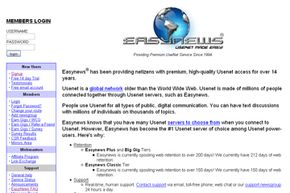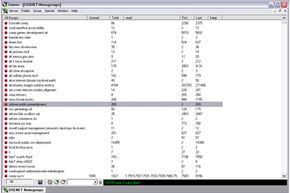Long before the World Wide Web in its current form even existed, people found other ways to communicate over the Internet. These days, with social networking and Internet forums, networking Web sites and online communities such as Facebook and MySpace gaining so much popularity, the Internet has truly revolutionized the way people communicate. But the predecessor to those Internet forums is a technology created in 1979 by two Duke University graduate students. Jim Ellis and Tom Truscott conceived a way to link computers to share information like articles or posts over a network using the UNIX-to-UNIX copy protocol (UUCP). Eventually, newsgroups were shared on larger networks and would become so numerous that they had to be categorized. Social networking over the Internet was born. The first foray into social networking was called USENET -- short for User's Network [source: Encyclopedia Britannica].
Despite its age and relative lack of flashy technology, USENET is still in wide use. And while you can probably access USENET though your Internet service provider, your ISP may impose restrictions upon how much traffic you send over that server. As a result, some serious USENET users opt for paid services that offer unlimited USENET access. One of the most popular of these is EasyNews.
Advertisement
Developed in 1994, EasyNews is a vehicle for accessing USENET newsgroups, both on an NNTP server and over the Web. But what makes it different than using your ISP's NNTP service? In the next section, we'll look at how EasyNews and USENET work together. From there, we'll talk about what you can expect with EasyNews and everything will make sense when the benefits are broken down in the third section.




